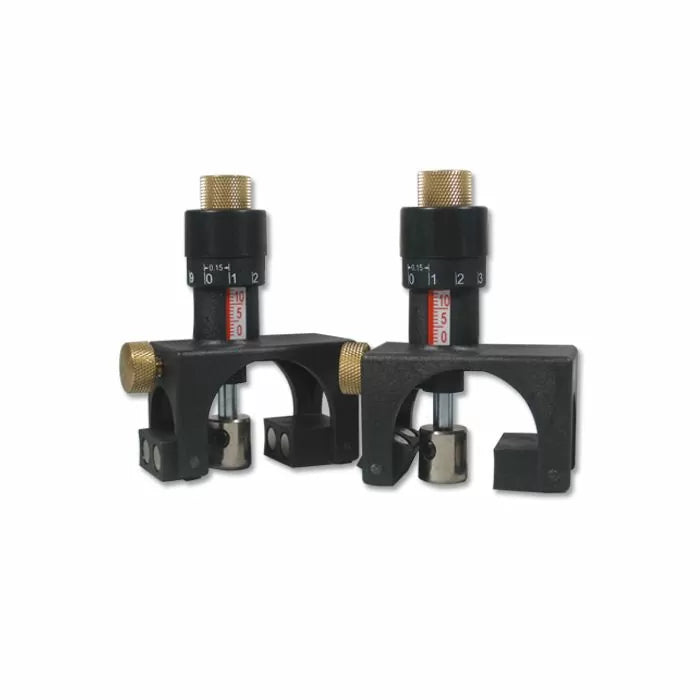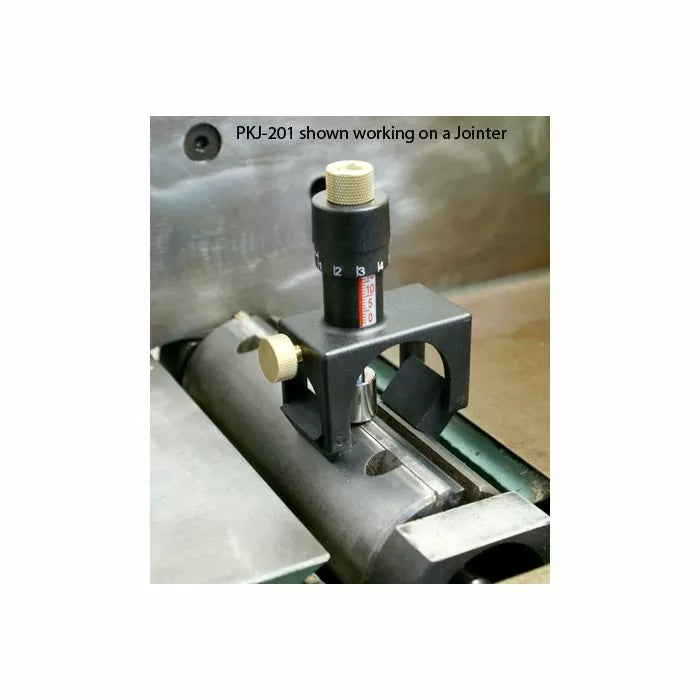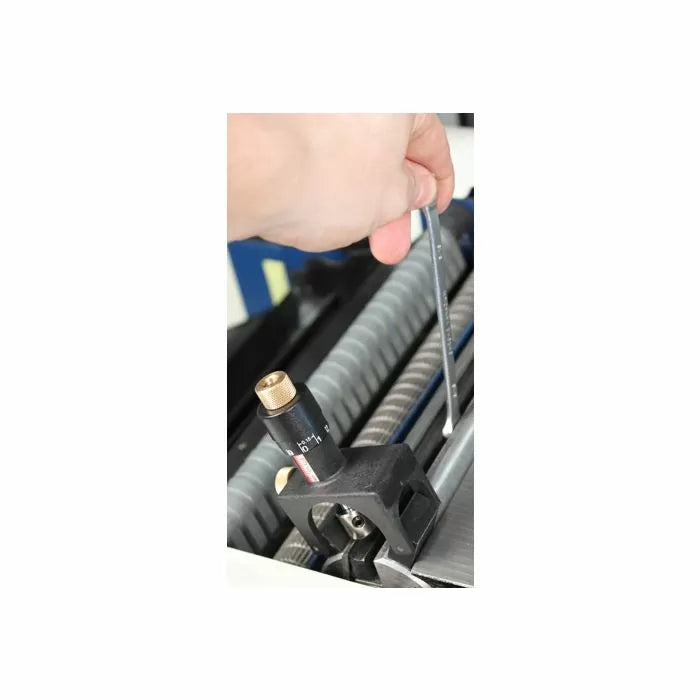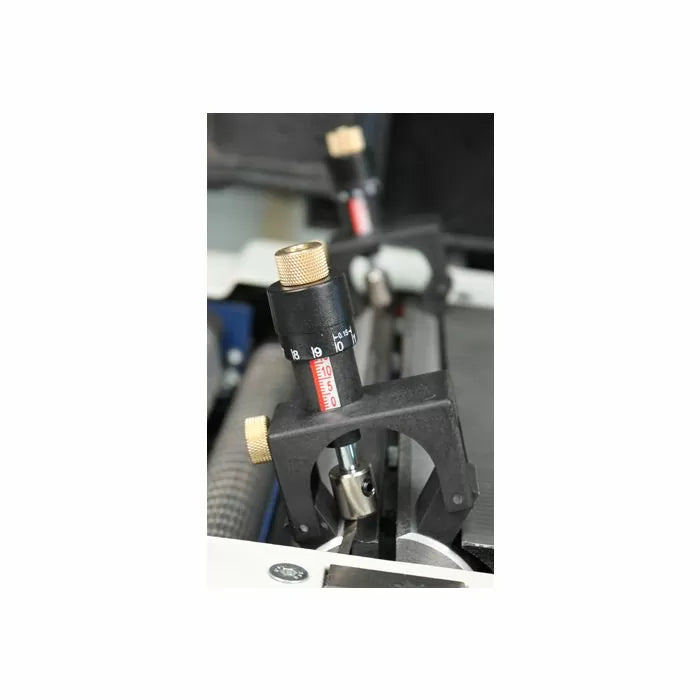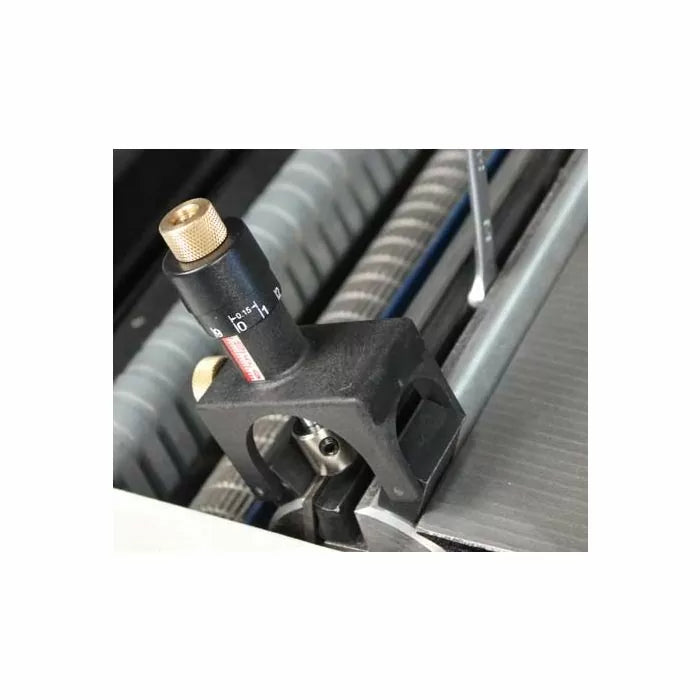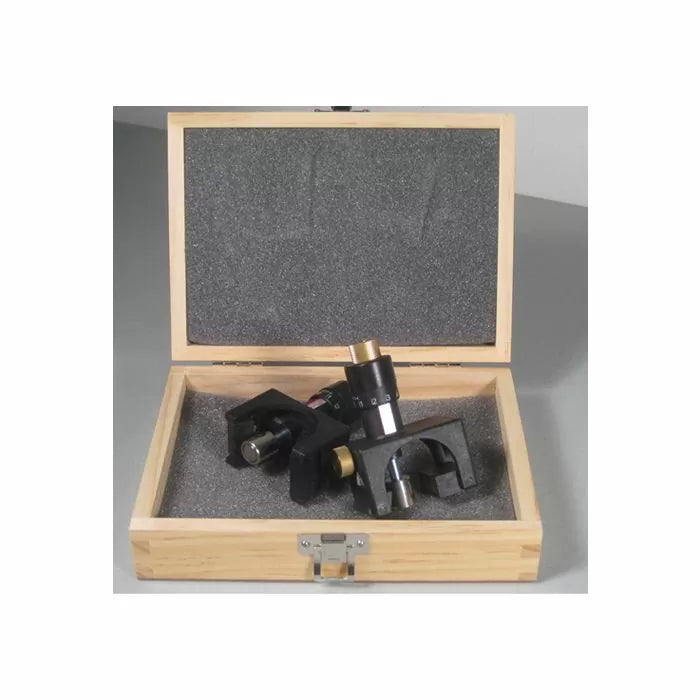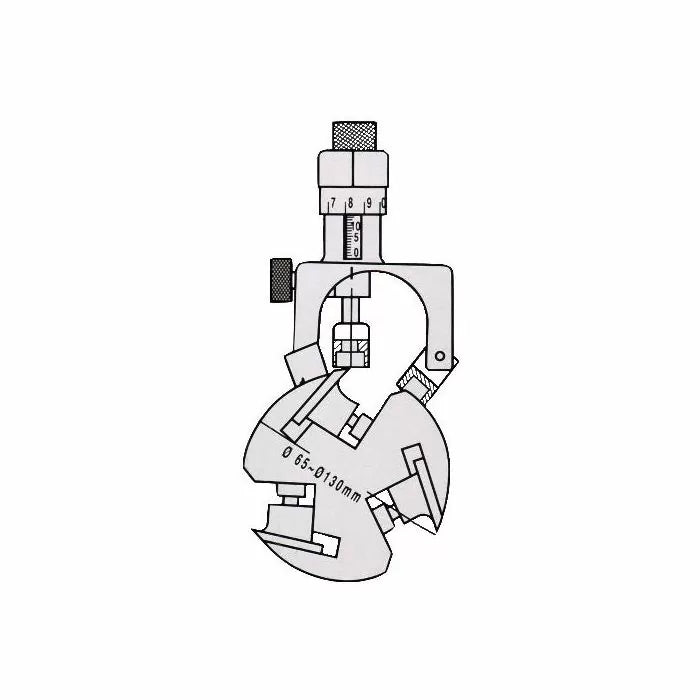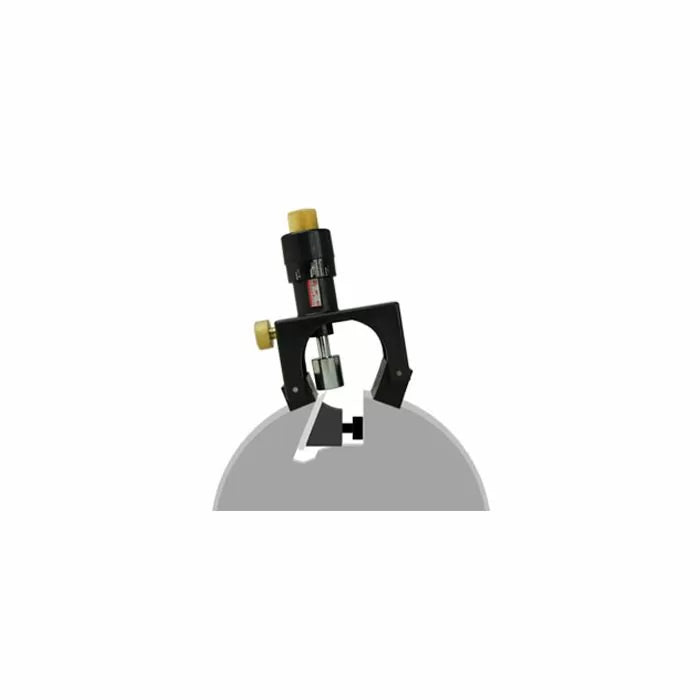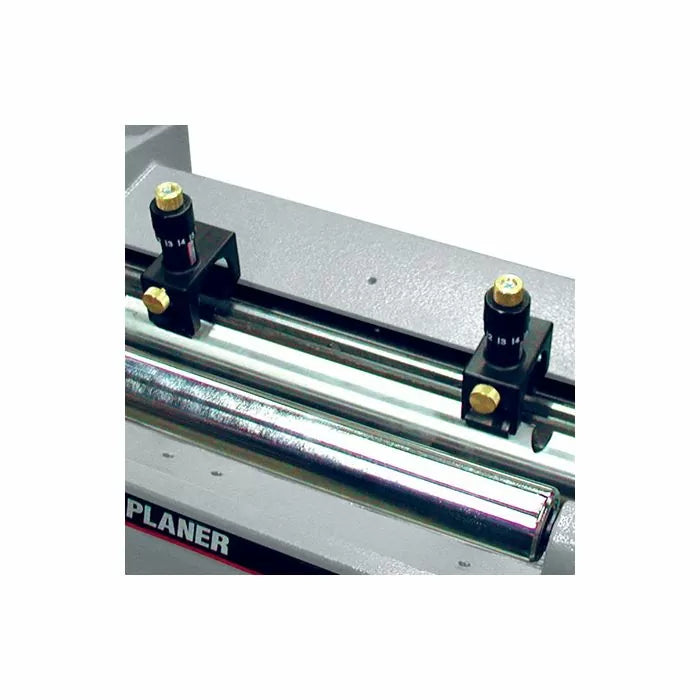Planer & Jointer Knife Setting Jig
This Planer & Jointer Knife-setting jig makes it easy to install and set planer and jointer knives quickly and accurately. The jig uses powerful magnets to hold planer or jointer knives in perfect position, freeing-up both hands while you tighten the gib nuts. Our Planer & Jointer Knife jig also allows you to shift nicked knives while maintaining accuracy to within +/- .002" across the length of your knife. Sets knives from 4" to 24" long on any conventional cutter head that measures 2.5" - 5" in diameter. Works with carbide and high-speed steel (HSS) knives.

Maintaining your jointer and planer is an often overlooked task that can really affect the tool's performance. Skewed, damaged, or dull knives produce poor results, can damage material, and decrease user safety. Making sure that the knives are sharp and otherwise undamaged is very important. In this blog you will see just how easy it is to replace and properly adjust the knives in your planer or jointer machine. This is a simple job that will rejuvenate your machines and get them running as good as new! Whether you're installing carbide-tipped or high-speed steel knives in your planer or jointer, you can get them perfectly set into your machine with Infinity Tools Planer/Jointer Knife Setting Jigs.
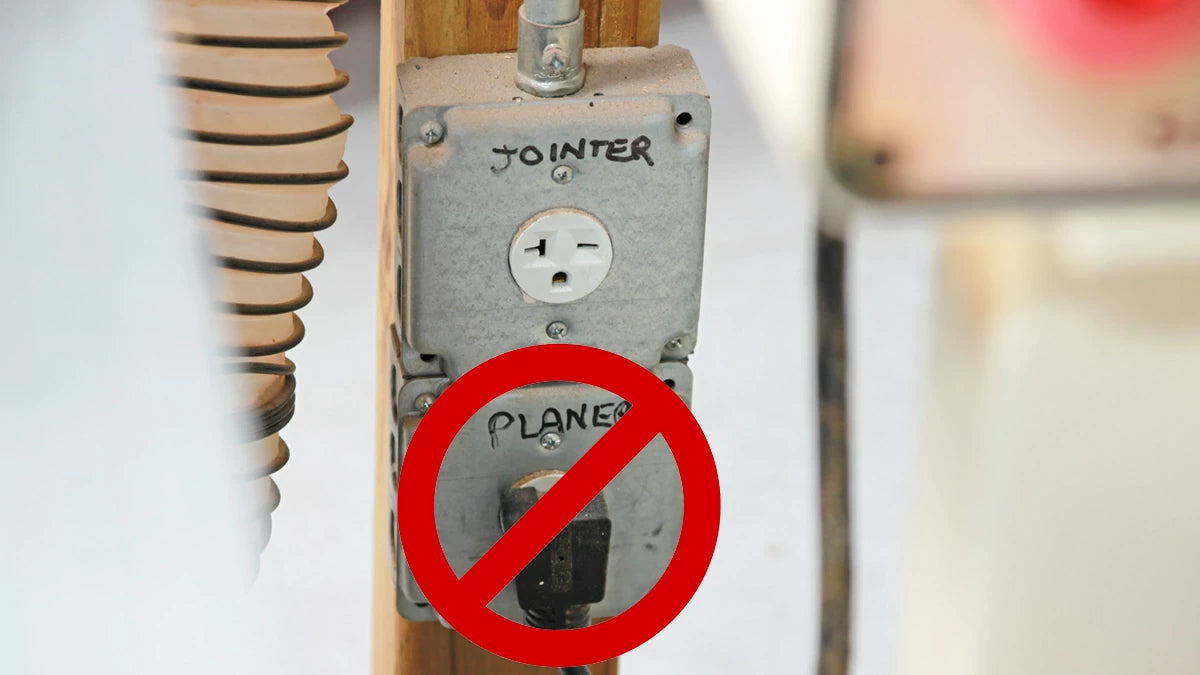
Safety First
First, unplug the machine and confirm the size of your cutter head on your planer or jointer. The diameter of the cutter head will determine which size setup jig you will need. Most full-sized machines will typically have a cutter head in the 2" to 4". The jig for most cutter heads from 2-1/2" to 5" diameter is item PKJ-201.
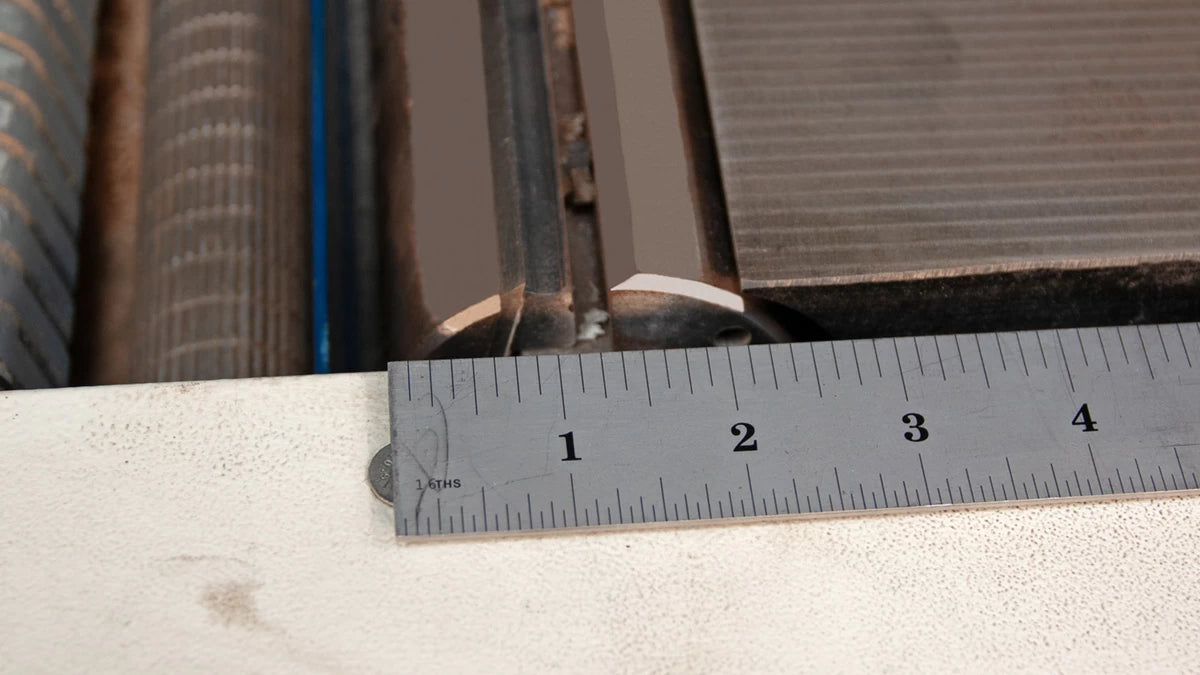
If you are reading this, your knives most likely need to be replaced. Choosing the right knives is easy. Simply take one of the knives and measure it in all 3 dimensions then find the knife that matches these measurements. If you have trouble finding an exact match, a similar size knife may work in your machine. As long as the gib or clamping block makes full contact with the blade you should be fine.

Calibrating The Setup Jigs
With setup jigs in hand, the first step is to determine how high the knives should extend out of the cutter head. This will vary depending on the machine, check your owner's manual for specifications. If you don't have the owner's manual you can often find a copy online from various sources. I would do my do diligence in tracking down the proper specs. Having the owner's manual will give good information on maintaining your machine properly. Do not assume that your knives are currently set properly in the cutter head. I have seen plenty of machines with knives sitting slightly askew that produce an OK result at first but die out quickly. Knives that are not parallel to the bed of the machine will dull unevenly because more work is being done by one knife than the others.
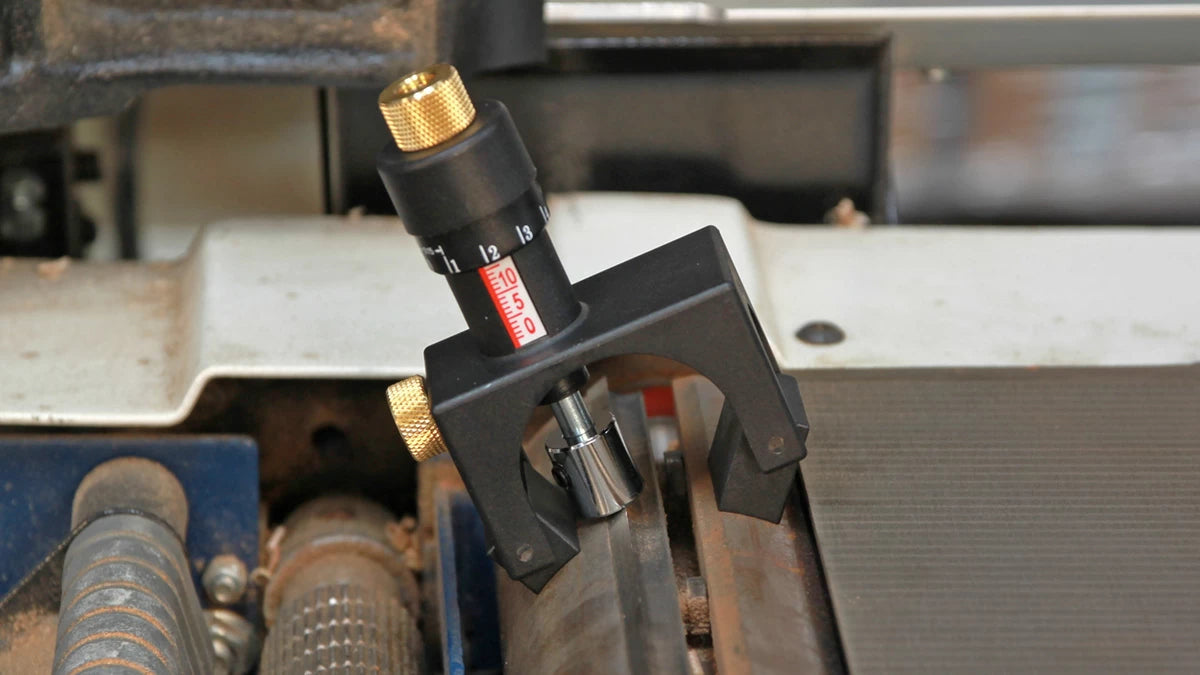
With the information you gathered from your owner's manual for the proper projection of the knives you can set your jigs. First, zero the jig to your cutter head. Position the jig on the head so that all parts fall on a non-notched portion of the head (see picture below). Then thread the adjuster down until it makes contact with the head itself.
Record the setting on the jig. Do this setup for both jigs. This is your zero point. Once the jigs are zeroed you can set the projection of the knives by adjusting the jig to the exact height your machine calls for. Each jig has a scale like a micrometer making it very easy to accurately adjust the jig.
Not all manufacturers give a measurement for the projection of the knives. Rather they tell you how to check that the knife is in proper calibration. In this case, I check to see that my dull knives are set properly, then I simply adjust the jigs to duplicate this setting by Zeroing the jig to the old blade. I zero both jigs to the same place on the old knife to ensure that the knives will set squarely in the head when replaced.

Setting the Knife Height
With the knives out it's a good time to clean the heads. The ones above still need some work! Once the knife is in place you can install both knife setup jigs. Magnets in the jig will automatically hold the knife at the correct height that you set the jigs to previously, allowing you to have both hands free to tighten down the gib screws. I place the jigs as far apart as possible on the cutter head and tighten the screws from the center snugging them in an alternating pattern, similar to installing the lug nuts on a car wheel. Setting the jigs as far apart as possible on the cutter head will give you the most accurate setting. The jigs may be in the way of some of the screws. Once you have snugged all the screws you can reach, remove one jig at a time and tighten the remaining screws. Repeat this process for the remaining knives and you're done!
Helpful Hints
- It is never a bad idea to check all screws just to make sure that you didn't miss one.
- You don't need to be Conan the Barbarian when tightening these screws. A short-handled wrench is typically the right tool for the job. Many machines will come with the correct wrench, but if yours has been lost or you never had it, make sure to use the correct sized wrench to avoid stripping the head.
- Be careful when installing the Jigs, the magnets are strong and can damage the cutting edge if you're not careful.
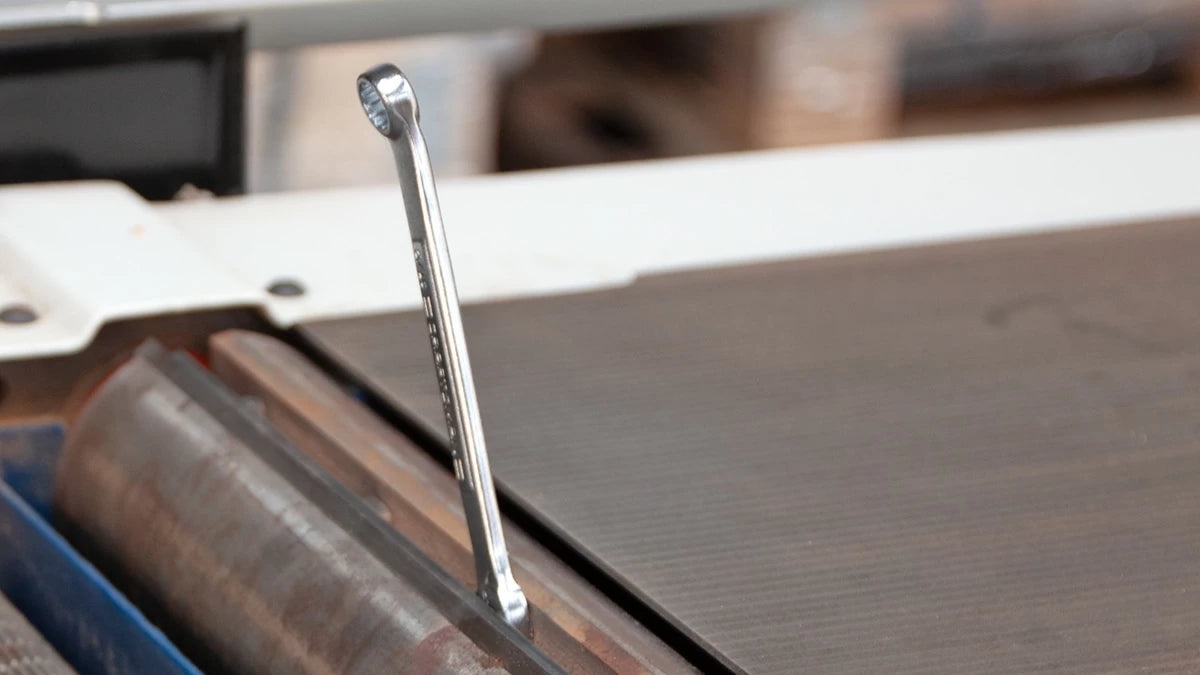
If your blades are sharp but have a small nick in them you can often offset the knives by moving one knife 1/16" or so right or left. As long as the knife is still well supported and there is no interference when the head is rotated this should cause no issues. Offsetting the knives allows each knife to remove the material that the damaged portion of the previous knife missed. Because most nicks happen when a staple or piece of debris is embedded in a board, equal damage is typically done to all 3 knives. Offsetting one planer or jointer knife means that the damaged portion no longer lines up and the resulting track is eliminated. Using our planer knife setting jigs allows you to do this maintenance quickly and easily, and will ensure perfect alignment of all knives in the cutter head.
There is no reason to avoid maintaining your joiner or planer. Pick up a set of these great planer and jointer setup jigs and start getting the most from your machines. If you've got old or tired knives, our premium quality replacement planer and jointer knives will really boost the performance of your machines and make you woodworking safer and more enjoyable.


